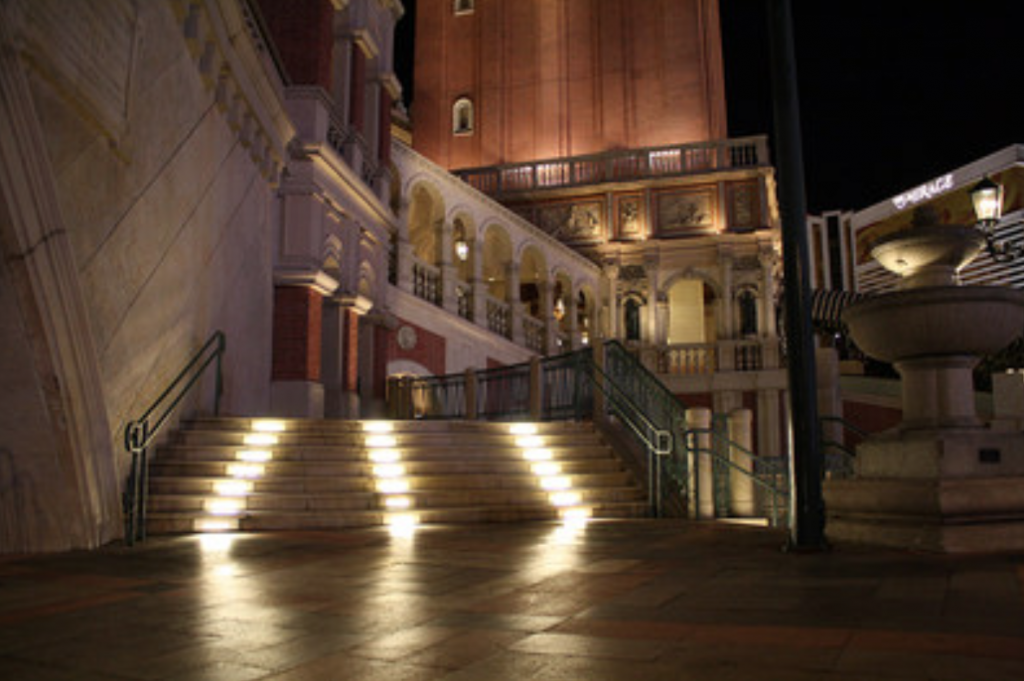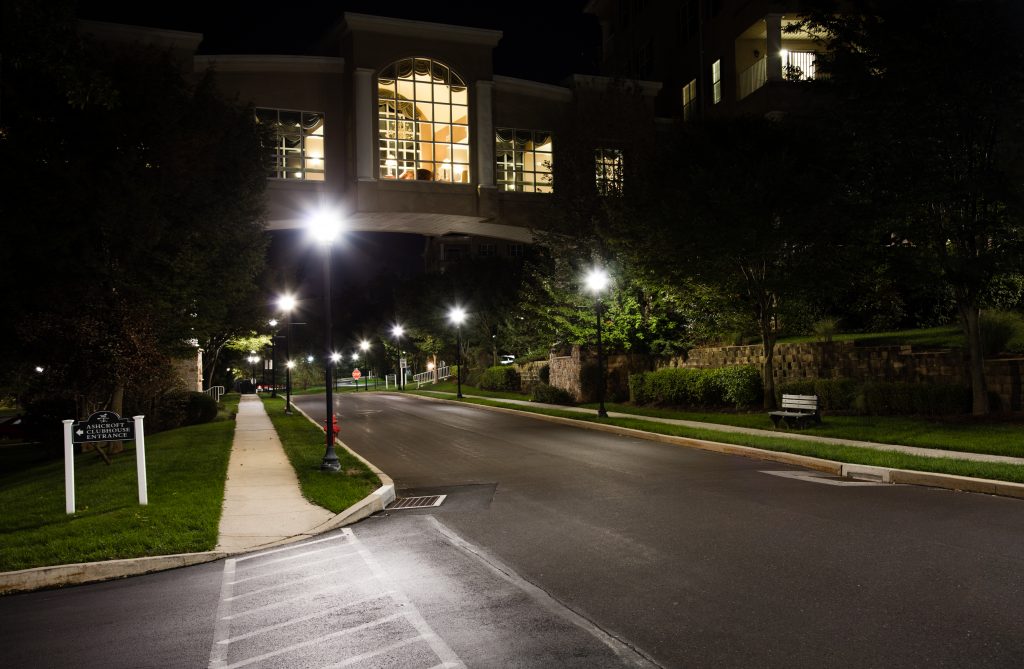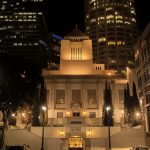The Top 10 Benefits of LED Lighting
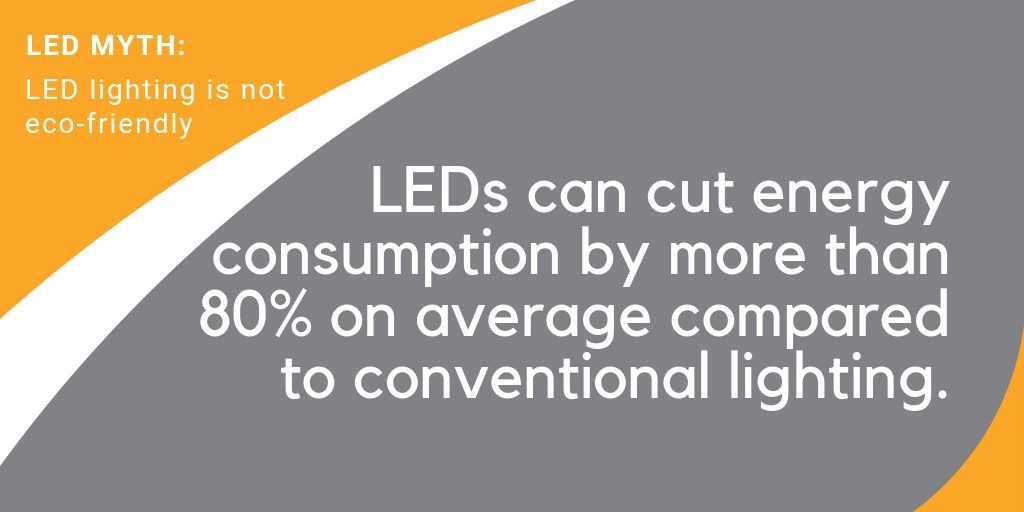
Pound for pound, LEDs are far and away the very best type of light source around, for so many reasons.
Pick a comparison point and LEDs outperform old-fashioned lighting types, such as halogen, high-pressure sodium (HPS), incandescent and fluorescent. LEDs are more versatile, last longer, provide better quality light, and are tremendously energy efficient. Here’s why LEDs are the unrivaled light source:
1. Big time energy cost savings
It’s no secret—LED lights are extremely energy efficient, using only a tiny fraction of the energy that other light types use. When Los Angeles upgraded their streetlights with a cutting edge streetlight retrofit solution, they slashed energy usage by 75 percent over their old HPS lamps. The Queens Museum in New York City cut energy costs by 90 percent by replacing their old halogen lights with a modern LED track light system.
For any municipality or organization looking to cut ballooning power costs, energy-sipping LED lighting is a remarkably effective method.
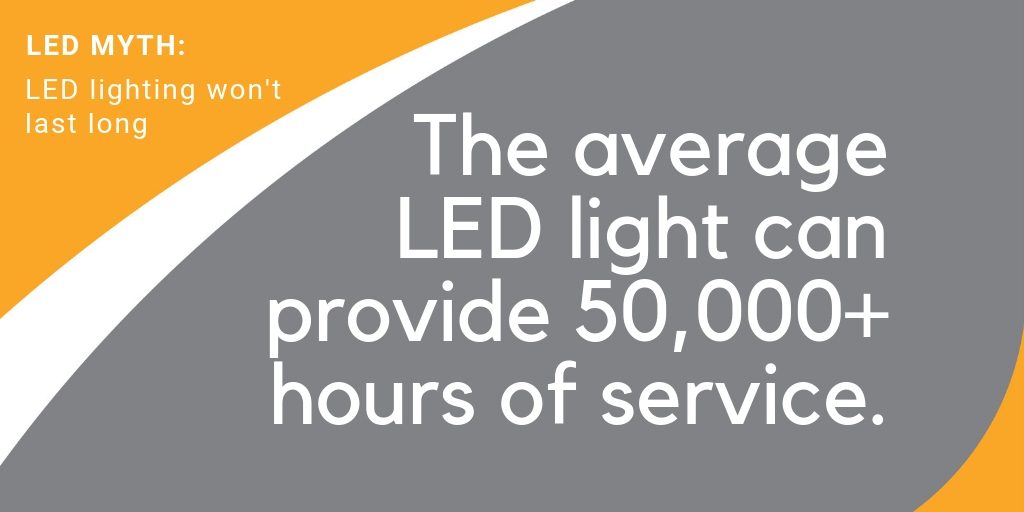
2. Tremendously long operating life
LEDs last for a long time. A very, very long time—50,000 to 70,000+ hours for most models—which is orders of magnitude longer than other outdated technologies like HPS and halogen.
Not only can LEDs provide a decade or more of optimal service, their light quality doesn’t begin to depreciate until after 50,000 hours of use. The light from HPS lamps on the other hand begins to deteriorate after just 100 hours and halogens after 2,000 hours. An HPS or halogen lamp may provide light for several thousand hours, but the quality degrades quickly before finally burning out. In contrast, LEDs are consistently perfect for 50,000+ hours.
Such a long operating lifespan also delivers tremendous maintenance cost savings. LEDs rarely need replacing, saving time, money, materials, labor and equipment (e.g. lifts for streetlights or high-ceiling applications).
3. Durable
One of the reasons LEDs deliver such a long operating life is that they are singularly durable. Their durability comes from their solid-state construction. LEDs include a chip inside an epoxy resin instead of the fragile filaments or pressurized gas utilized by other light types, which are susceptible to breakage. Thus, LEDs are highly resistant to damage from vibrations, shock and impact. LEDs make an excellent choice for exterior lighting as they can also withstand vandalism and traffic impacts.
4. Outstanding color rendering
Until LEDs were developed, halogen lamps were the standard for color rendering. Except, they weren’t very good—they cast a warm hue over everything, especially whites and cooler-toned colors.
With LEDs, food and flowers look very fresh and supermarkets benefit from lush green produce, deep red meats and brilliantly bold flowers. Quality LEDs have CRI ratings over 95 or a TM30-15 rating for full saturation of color. With those ratings, retailers enjoy eye-popping color in their merchandise and even art galleries and museums are using LEDs to showcase their exhibits in the best light.
5. Low UV emissions
Besides their top-notch color rendering, LEDs emit almost no UV rays. Just about every light type emits some UV rays, but the amount from LEDs is among the lowest. The UV rays emitted from artificial light sources are safe for humans, but they can severely damage delicate artwork and artifacts—which is why museums often use low light levels to protect the exhibits—and prematurely age produce and flowers. The extremely low UV levels emitted by LEDs, combined with their extraordinary color quality, are a game-changer for art galleries and supermarkets. They can now cast their exhibits and fresh produce in the best light possible without damaging it.
6. Flexible design options abound
LEDs can be manufactured in almost any size and shape, giving the technology incredible versatility and making clean and modern aesthetics more possible than ever before. From linear lighting fixtures only an inch-and-a-half wide, to disc-shaped streetlights, the possibilities are endless. Custom wall-to-wall lighting has never been easier, as LEDs can be made to any size, down to one-eighth of an inch.
7. Immediate on/off
A useful feature of LED lights is that there is no warm up or cool down period for them. Flip the switch and they light up instantly. Flip the switch again and they turn off instantly. No more waiting for the light to warm up and slowly get up to maximum brightness. Additionally, cycling LEDs on and off does not impact lifespan at all, unlike other outdated light technologies.
8. Wide field of color temps
LEDs come in a wide range of color temperatures, from the very warm 1800K to the coolest of cools beyond 6000K. In practice, this means LEDs are appropriate for almost any application, from restaurants and hospitality suites that need warm ambience to the clean and modern white light in retail locations like the Apple Store.
9. Broad operating range
LEDs function well in hot or cold temperatures and can be dimmed all the way down to five percent without any flickering or depreciation in light quality. This huge operating range is a great advantage of LEDs over older light types and gives users a huge array of options in where and how to use their LED lights.
10. Eco-friendly
Besides consuming only a small fraction of the energy of other light sources, LEDs have the added environmentally-friendly benefit of not using toxic chemicals. For example, fluorescent lights have mercury in them, and they require special care for disposal to keep the mercury out of the environment.
Learn how to innovate with LED lighting in your building and design projects.
